Types of Waves - Properties of Waves, FAQs
Types of Waves: Waves can be identified by their Physical appearance as well as their properties. Some waves are circular and plane in shapes. In this article we will discuss about, what is Wave![]() ??? How many categories/ different types of waves in physics. What is a mechanical wave? Definition of Mechanical wave with its examples. What are the types of Mechanical waves? What is mean by non-mechanical wave (electromagnetic wave)? “Sound” is which type of wave? So, let’s see,
??? How many categories/ different types of waves in physics. What is a mechanical wave? Definition of Mechanical wave with its examples. What are the types of Mechanical waves? What is mean by non-mechanical wave (electromagnetic wave)? “Sound” is which type of wave? So, let’s see, ![]()
This Story also Contains
- What is Wave?
- What is Mechanical Waves???
- What are the types/ sort of Mechanical Waves??
- Electromagnetic waves:
- Difference Between Mechanical Wave and Electromagnetic Wave/Non-Mechanical Wave:
- Matter Waves
- Difference between Electromagnetic Waves and Matter Waves:
- Facts about Waves in Science:
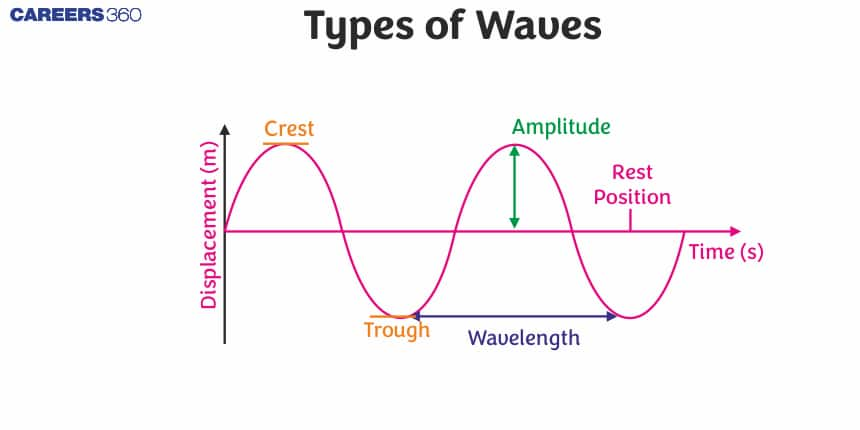
What is Wave?
A wave transfer data or energy from one point to a special within the type of signals, but no material object makes this journey. We are completely enthusiastic to waves for all of our wireless communications. We will also called it “Signal” or “Motion”. Here we have shown below wave image: ![]()
![]()
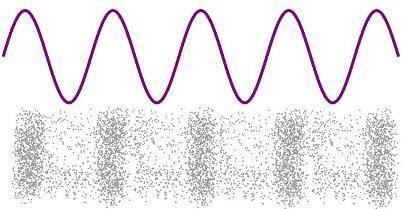
Also check-
- NCERT Exemplar Class 11th Physics Solutions
- NCERT Exemplar Class 12th Physics Solutions
- NCERT Exemplar Solutions for All Subjects
Here I explain You with example: for instance, you create a call to your friend with your mobile, the whole communication is occurring via audio but the whole process of transmission of a sign from the talker to the receiver occurs as a waveform and this also we can say Wave patterns, The call turns your voice into an electrical signal which then propagates either through copper wires or through antennae in wireless communication, which shows it below:
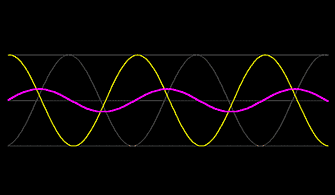
Wave may be a flow or transfer of energy within the sort of oscillation through a medium – space or mass. Sea waves or tides, a sound which we hear, and even the movement of small plants blown by the wind is all examples of differing types of waves (Motion). An easy wave illustration is as follows.
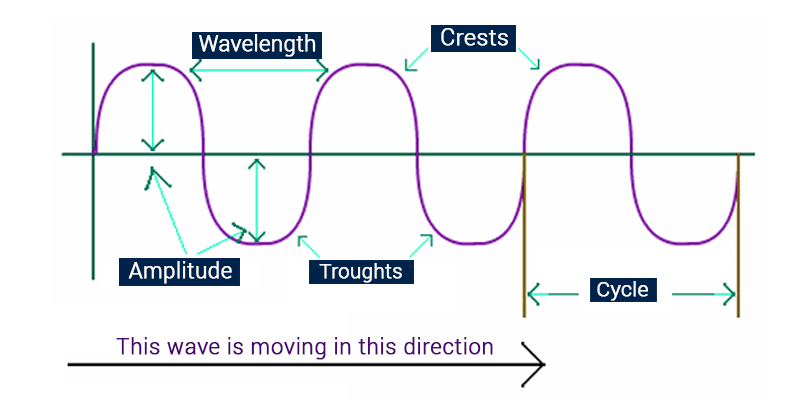
How many Types/Classification/Category of Waves
Different types of waves have a special set of characteristics. Supported the orientation of particle motion and direction of energy, there are three categories:
Mechanical waves
Electromagnetic waves
Matter waves
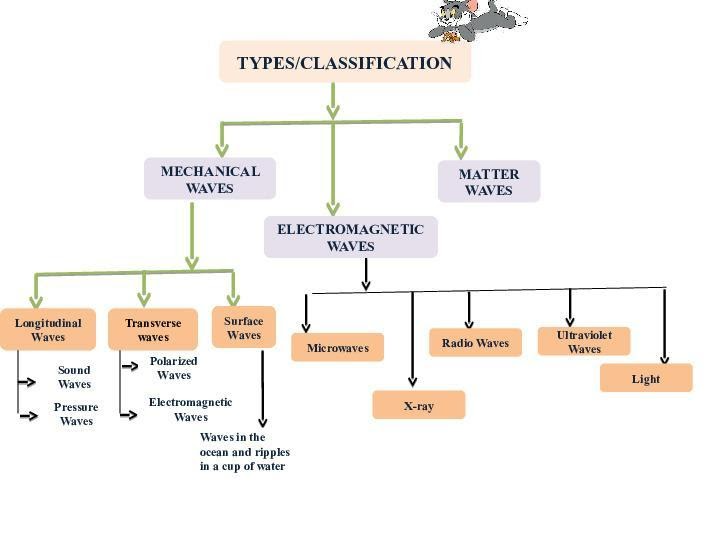
What is Mechanical Waves??? 
Definition: A mechanical wave may be a wave that's an oscillation of matter and is liable for the transfer of energy through a medium.
Here are some examples of Mechanical Waves: Water waves, Sound waves, spring waves, waves of the implement.
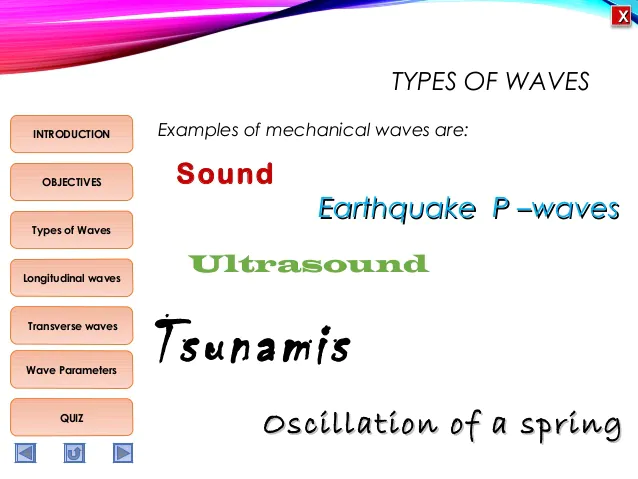
What are the types/ sort of Mechanical Waves??
• Longitudinal waves: A wave during which particles of a medium withdraw and forth, parallel to the direction of the wave is named a longitudinal wave. If we pull and push one end of the slinky spring continuously, we will produce a longitudinal wave Example – Sound Waves, Pressure Waves. Acoustic (Sound) wave is type of Longitudinal Wave.
Related Topics Link, |
Parts of longitudinal waves:
• Compression: where the particles are approximate.
• Rarefaction: where the particles are spread apart

Transverse waves: A wave during which particles of the medium move perpendicularly to the direction of the wave is named a transverse wave. Waves that are assembled in water are transverse waves. Notice transverse waves produced by the up and down movement of a rope. The very best point of a transverse wave is named the crest, and therefore the lowest point between two crests is named Trough.
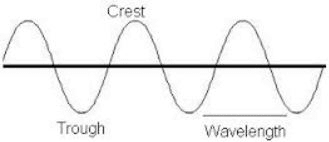
Light is an example or case of a transverse wave, i.e. light is kind of or type of Transverse wave. A number of the opposite examples are – ‘Polarized’ waves & Electromagnetic waves. Water waves are an example of a mixture of both longitudinal and transverse motions.
• Surface waves – During this type, the particles travel during a circular motion. These waves usually occur at interfaces. Waves within the ocean and ripples during a cup of water are case of or example of such waves.
Sea wave is kind of or type of Water wave.

Electromagnetic waves:
Electromagnetic waves are created by a fusion of electrical and magnetic fields. The sunshine (Light) you see, the colors around you're visible due to electromagnetic radiation.
• Electromagnetic waves are the sole kind of non-mechanical waves. They will move through the vacuum of space.
• One compulsive property here is that unlike mechanical waves, electromagnetic waves don't need a medium to travel. All electromagnetic waves travel through a vacuum at an equivalent speed, 299,792,458 ms-1.
Following are the various kinds of /types of electromagnetic waves:
• Microwaves
• X-ray
• Radio waves
• Ultraviolet waves
Difference Between Mechanical Wave and Electromagnetic Wave/Non-Mechanical Wave:
Mechanical Wave | Electromagnetic Wave/Non-Mechanical Wave |
Mechanical waves are waves that require a medium for propagation. | Non-mechanical waves are waves that don't need a medium for propagation. |
Sound waves, water waves and seismic waves are some samples of mechanical waves. | The electromagnetic radiation is that the only non-mechanical wave. |
Mechanical waves cannot travel through vacuum | Non-mechanical waves can travel through vacuum |
Matter Waves
A moving particle carries energy from one place to a different within the form of K.E. (Kinetic Energy). Since energy is carried by waves, therefore the waves related to such moving particles are referred to as matter waves. Examples, a beam of electrons is often diffracted a bit like the other beam of electromagnetic wave or water wave. This characteristic of matter was brought forward by Louis de Brogile’s Hypothesis.
Also Read:
Difference between Electromagnetic Waves and Matter Waves:
Electromagnetic waves -
The electronic and magnetic fields are related to these waves.
These both fields are found to be perpendicular to every other and also to the direction of propagation.
They can undergo vacuum.
They don't need a medium to travel.
They are emitted.
Their speeds are often same as speed of sunshine (Light).
Their wavelengths are often acknowledged by: c/v.
Matter waves -
These waves aren't related to any fields.
They require medium to travel.
They cannot undergo vacuum.
They aren't emitted.
They travel in low speeds.
Wavelengths of those waves are often found by: h/mv.
Facts about Waves in Science:
Sound is made when sound waves bounds of an object, and vibrates against it.
Waves are formed when the wind blows across the ocean, transferring its energy to the water.
Also read -
- NCERT Solutions for Class 11 Physics
- NCERT Solutions for Class 12 Physics
- NCERT Solutions for All Subjects
NCERT Physics Notes:
Frequently Asked Questions (FAQs)
Light has both the parts/kind of energy i.e. electric and magnetic and hence is named an electromagnetic radiation. All electromagnetic waves are transverse. Light waves don't require a medium to travel and transfers both electrical and magnetic energy. Light has disparate wavelengths and thus shows different colors for specific ranges of wavelengths. Wavelength is that the interval between two consecutive crests or troughs. Light waves travel during a straight direction which is named linear propagation of sunshine (Light).
During a solid, the mechanical waves cause oscillation of particles within the liquid, gas, and solid must have a medium to travel through. The oscillation is caused by electromagnetic waves within the magnetic and electric fields. It’s vital for us to recollect that each one waves don't transfer matter instead they transfer energy.
A stationary wave pattern may be a vibrational pattern generated within a medium when the vibrational frequency of the source causes reflected waves from one end of the medium to interfere with incident waves from the source. Such patterns are only generated within the medium at specific frequencies of vibration.
Electromagnetic waves are Transverse type of wave.
Electromagnetic wave (Non mechanical wave), Mechanical wave, wavelengths are different types of waveforms.